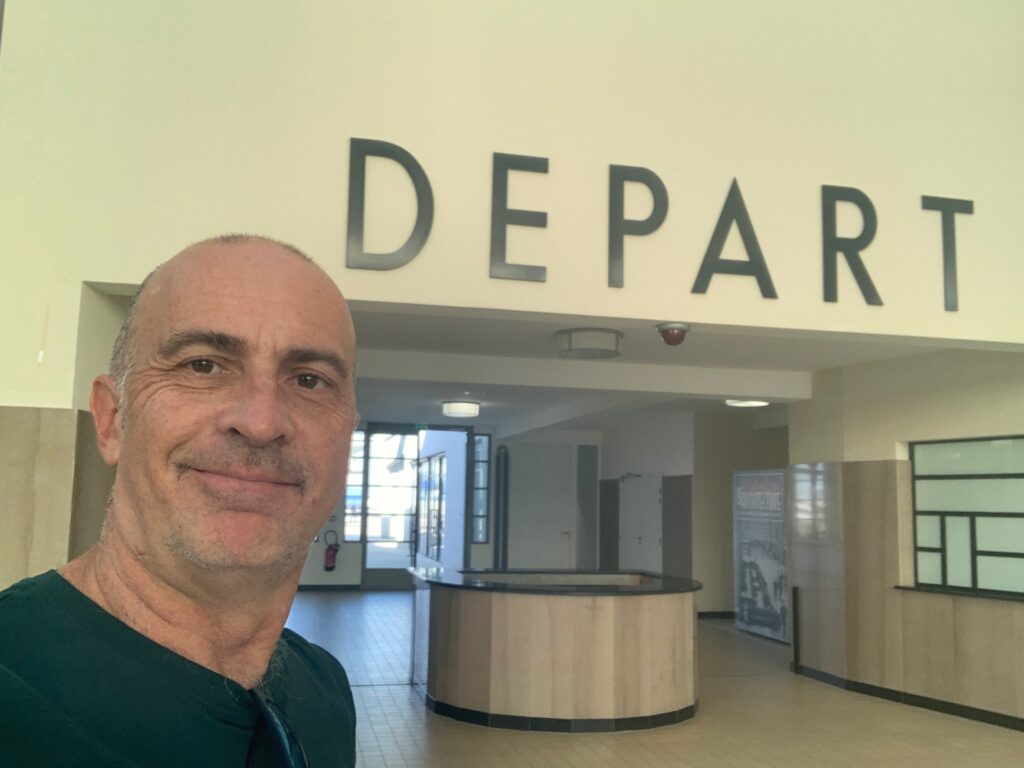
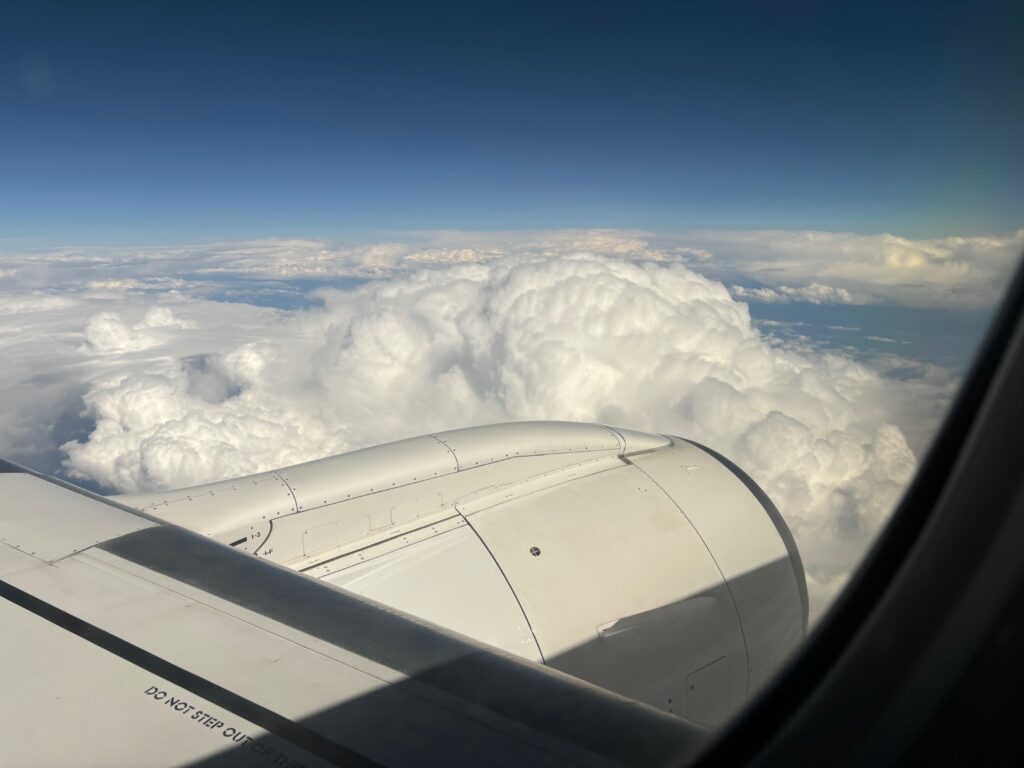
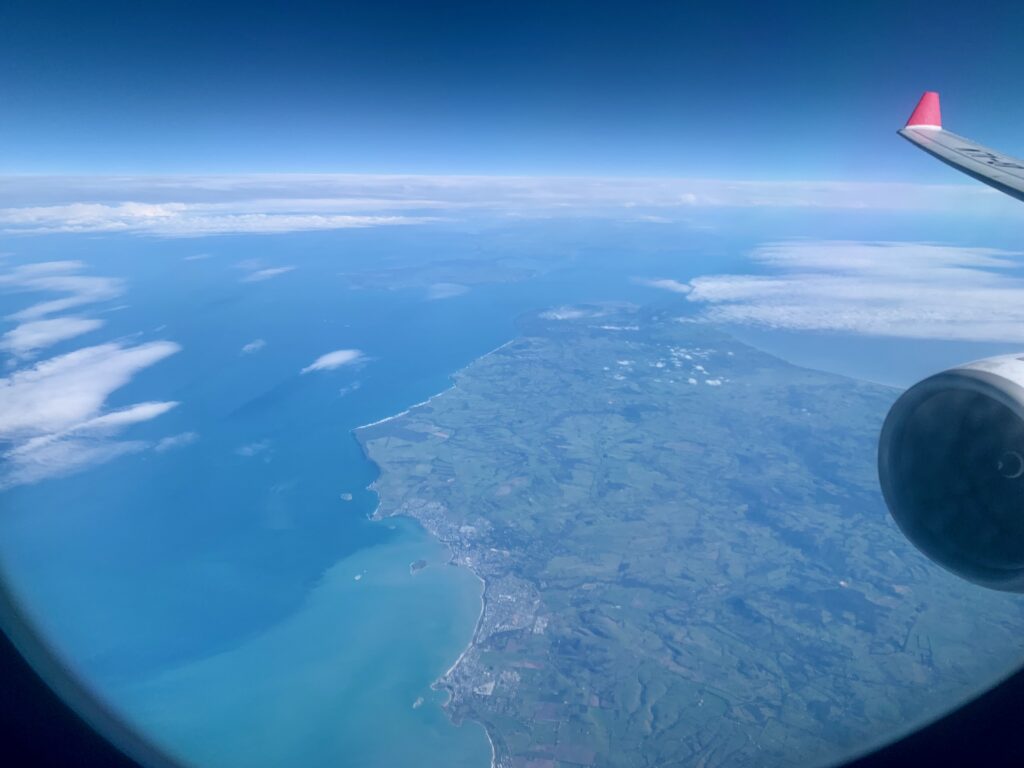
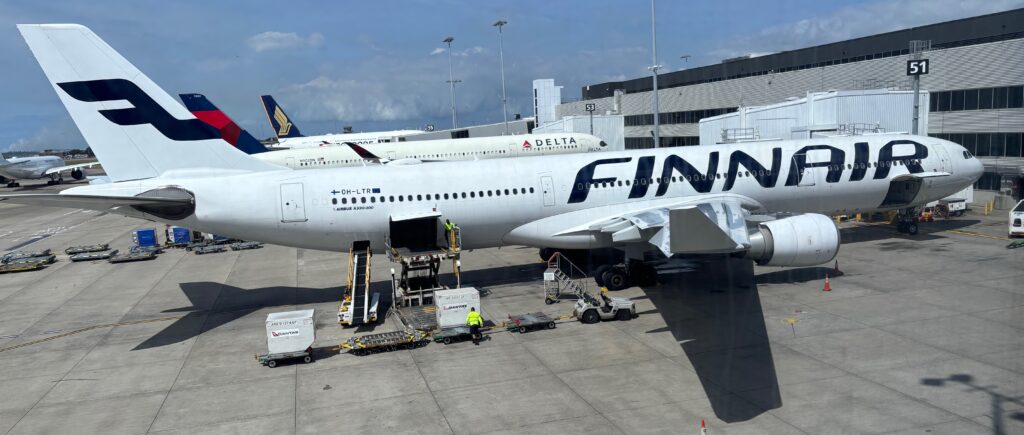
What’s your longest flight ever, in hours and distance? It always bemuses me when colleagues complain about a “long haul” six-hour flight. With close to half of my flights originating out of Australia, six hours is only getting started! Out of the 1730 flights in my life, I have now racked up 203 “long haul” (over 8 hours) flights, of which 72 were over 12 hours long as seen below:
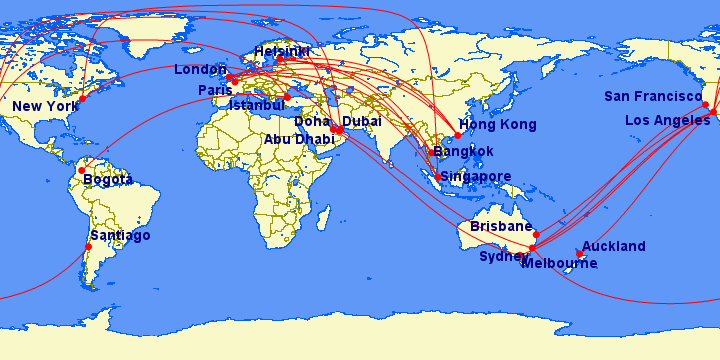
My longest flight was an epic 18 hours and 8 minutes earlier this year, on the world’s longest scheduled commercial flight: Singapore Airlines’ nonstop flight from New York City to Singapore (SIN), covering 15,349 km (about 9,537 miles). This ultra-long haul really feels like crossing half the planet—18 hours is a loooong time.
My other 12-hour-plus flights include:
- Australia (Brisbane, Melbourne, Sydney) and USA (Los Angeles, San Francisco) multiple times, all clock in at close to 16 hours
- Middle East and USA: (e.g., Doha to JFK), around 14 hours
- Middle East and Australia: (e.g., Dubai to Sydney), globe-spanning adventure of 14 hours
- Hong Kong to UK (London & Manchester), Paris and Rome: classic 14-hour ultra-long-haul between continents
One of my most memorable flights was Sydney to Santiago de Chile last year. It’s “just” on 12 hours but is one of the world’s most remote commercial routes! The plane was about 3 hours from the nearest airport at certain points. There’s something surreal about looking out over the endless ocean, realising I was farther from land than ever before.
What is coming for long-haul flights
Introducing aircraft like the Boeing 787 Dreamliner and the Airbus A350 has revolutionized long-haul travel, offering greater fuel efficiency, extended flight range, and reduced emissions. Advances in cabin pressurization and humidity control have significantly improved passenger comfort on these journeys. With these next-generation planes, airlines can now operate routes that were previously impossible or unprofitable, connecting distant cities non-stop. Air India launched direct nonstop flights between Mumbai and San Francisco with a Boeing 777-200LR. The service covers approximately 13,500 kilometers (8,389 miles) and has a scheduled flight time of about 16 hours for the direct flight. Qatar flies Auckland to Doha. Turkish Airlines plans to inaugurate Istanbul–Sydney nonstop with the A350-1000 in 2026, shaving hours off current connect-via-Asia options with an expected time of around 17 hours. Cathay Pacific is planning nonstop flights from Hong Kong to Chicago and Toronto using new A350-1000s around 15 hours each way.
It is Qantas; however, that is really pushing the envelope. As an Australian, who has started most of my journeys in Melbourne, one of the most southern airports in the world at 37.7° South, I am watching developments with fascination.
The first long-distance routes from Australia to the UK in the 1930s took about 12 to 12.5 days with more than 30 stops for refuelling and crew breaks. They cost a fortune. The middle and working class took ships that took weeks. By 1947, the “kangaroo route” flight time was down to 55 hours with just a couple of hops. The price was still astronomical.
Over the decades, Qantas, like many airlines, deployed the latest aircraft technology in each new era. The introduction of the 747, for example. revolutionised mass tourism in the 1970s, making it possible to reach Europe from Australia with only a couple of stops and a flight time of around 24 hours.
In 2018, Qantas marked a significant milestone by launching its first nonstop service connecting Australia directly to London. Utilising Boeing 787-9 Dreamliners, Qantas offered daily flights between Perth, Western Australia, and London, England. In June 2022, Qantas added a seasonal nonstop service from Perth to Rome. Then, in July 2024, Paris joined the roster, with up to four direct flights per week from Perth. The Key Europe routes and flight durations are now:
- Perth to London: 17 hours and 20 minutes over 14,498 kilometres.
- Perth to Rome: 15 hours and 30 minutes, covering about 14,000 kilometres.
- Perth to Paris: 17 hours over 14,475 kilometres.
The Boeing 787-9 Dreamliner featured on these nonstop Europe routes has three classes:
- Business Suite (1-2-1): 42 seats, 46″ pitch, 80″ flat bed, with privacy doors.
- Premium Economy (2-3-2): 28 seats, 38″ pitch, self-serve snack bar.
- Economy (3-3-3): 166 seats, 32″ pitch, adjustable foot-nets.
Qantas has stated that they have worked hard to improve passenger comfort. They pay careful attention to meal timings, thoughtfully place water dispensers in every galley for bottle and glass refills, and create a stretch zone where economy passengers can stand and move in the rear galley. Cabin crew provide guided exercises every four hours.
These flights have proved very popular. One drawback is that Perth is approximately four hours’ flight from Sydney and Melbourne. This means that for passengers travelling from Australia’s east coast to Europe, the journey still involves two hops: an initial domestic flight to Perth and then the long nonstop flight to Europe. Nonetheless, being able to skip lengthy layovers and fly directly from Australia’s west coast to major European cities has significantly reduced total journey time.

Qantas will be launching Project Sunrise with nonstop flights from Sydney to both London and New York in early 2027. The Sydney to London journey will stretch approximately 17,000km and take around 20 hours, while the Sydney to New York service will cover about 16,000km with a similar flight time of 19–20 hours. These unprecedented routes will be operated by newly designed Airbus A350-1000 aircraft, tailored for Qantas.
Each Qantas Airbus A350-1000 will carry 238 passengers across four distinct classes:
- First Class: Six private suites in a 1-1-1 configuration, with full-length beds and reclining armchairs for ultimate luxury.
- Business Class: 52 seats arranged 1-2-1, each featuring a lie-flat bed, a sliding door for privacy, direct aisle access, and an 18-inch entertainment screen.
- Premium Economy: 40 seats in a 2-4-2 layout, offering a generous 40-inch seat pitch, calf rests, and a self-serve snack bar for added comfort.
- Economy: 140 seats in a 3-3-3 arrangement, each with a spacious 33-inch seat pitch, six-way adjustable headrests, and 13.3-inch entertainment screens.
Qantas has been publicising its dedicated Wellbeing Zone for all passengers. This area will be designed for stretching and movement during the flight, helping break up long periods of sitting. Menus throughout the aircraft will focus on nutrition and hydration, developed with health and culinary experts. Premium snacks will also be available to all passengers.
The new Airbus A350s will be fitted with:
- Optimized LED lighting to help counteract jet lag
- Advanced air filtration systems for consistently fresh cabin air
- Complimentary, high-speed Wi-Fi
Watch this space.
What’s your ultra-long-haul story? Your longest nonstop? What do you think of options like “Project Sunrise?” Drop in the comments—let’s compare routes.
Related Posts

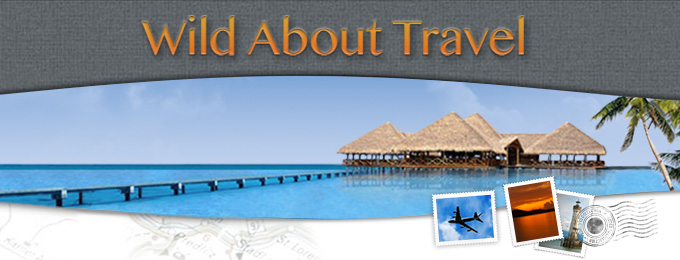
Leave a Reply